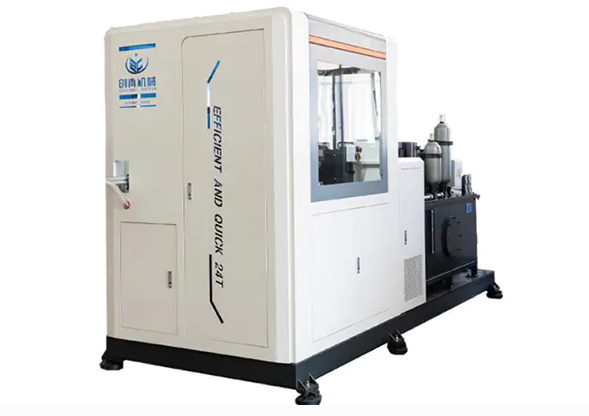chuangzhen@capping-machine.net

EN
The Cap Compression Molding Machine market is experiencing notable growth, driven by innovations in the electronics and semiconductor industries, as well as the integration of smart manufacturing technologies. These machines have become essential for manufacturers seeking precision, efficiency, and consistent output in high-volume production. By incorporating IoT sensors, predictive maintenance, real-time monitoring, and automation, cap compression molding machines now support enhanced process control while meeting evolving industry demands.
Cap compression molding is a highly efficient process used to shape thermoplastic or thermoset materials under high pressure, producing components with complex geometries and tight tolerances. In electronics, these molded parts are critical for connectors, housings, and protective casings, which must fit within compact devices while maintaining durability. The process ensures consistent quality, supporting the rapid innovation cycles in smartphones, wearables, computers, and other consumer electronics.
Precision and speed remain key advantages of cap compression molding machines. High-volume production is possible without compromising accuracy, while automation reduces manual intervention and helps maintain product integrity. IoT sensors embedded in modern machines allow real-time data collection on torque application, material flow, and mold performance. Predictive maintenance algorithms analyze this data to identify potential equipment issues before they cause downtime, ensuring continuous operations. This combination of automation and smart monitoring not only enhances production reliability but also supports cost-efficiency and scalability.
The growing demand for miniaturized, multifunctional electronic components further drives the adoption of advanced cap compression molding technology. With real-time monitoring, manufacturers can track deviations in process parameters, adjust operations dynamically, and maintain tight tolerances for delicate components. Automated systems streamline repetitive tasks, reducing human error and increasing throughput, which is particularly important for fast-moving consumer electronics and semiconductor production lines.

Sustainability and resource efficiency are additional factors influencing market growth. Cap compression molding machines reduce material waste and energy consumption compared with traditional methods. Coupled with smart monitoring, manufacturers can optimize production cycles, minimize scrap, and achieve consistent quality with fewer resources. These advancements align with global trends toward eco-friendly and cost-effective manufacturing practices.
The versatility of cap compression molding extends beyond electronics. Other industries requiring high precision, reproducibility, and scalability, such as automotive, medical devices, and consumer products, increasingly adopt these machines. Integration of IoT and automated monitoring ensures that large-scale production meets stringent quality standards while remaining flexible for evolving product designs.
Chuangzhen Machinery combines advanced cap compression molding technology with IoT-enabled sensors, predictive maintenance, and automated control, providing manufacturers with tools to optimize production efficiency, ensure consistent quality, and meet the demands of diverse industries. By embracing smart manufacturing solutions, the company supports the development of high-performance, reliable components that drive innovation across multiple sectors.
Copyright © Taizhou Chuangzhen Machinery Manufacturing Co., Ltd. All Rights Reserved.
